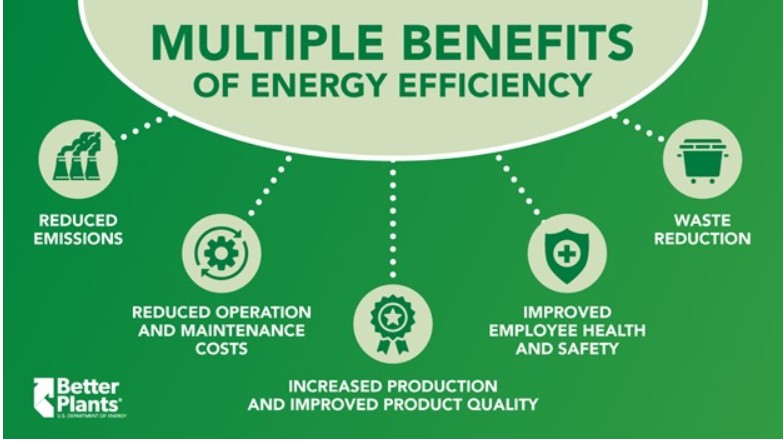7667766266
enquiry@shankarias.in
Mains: GS III – Infrastructure – Energy
Recently, India has doubled down on clean energy, yet the power you plug into today is dirtier than it was five years ago and this is a paradox that is at the heart of our energy transition.
Grid emission factor is a measure of the carbon intensity of electricity.
